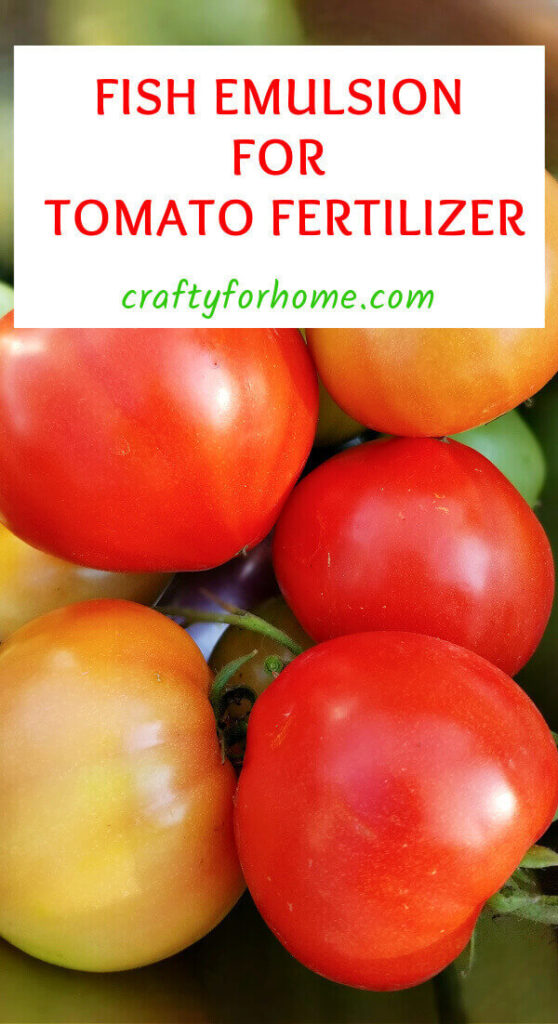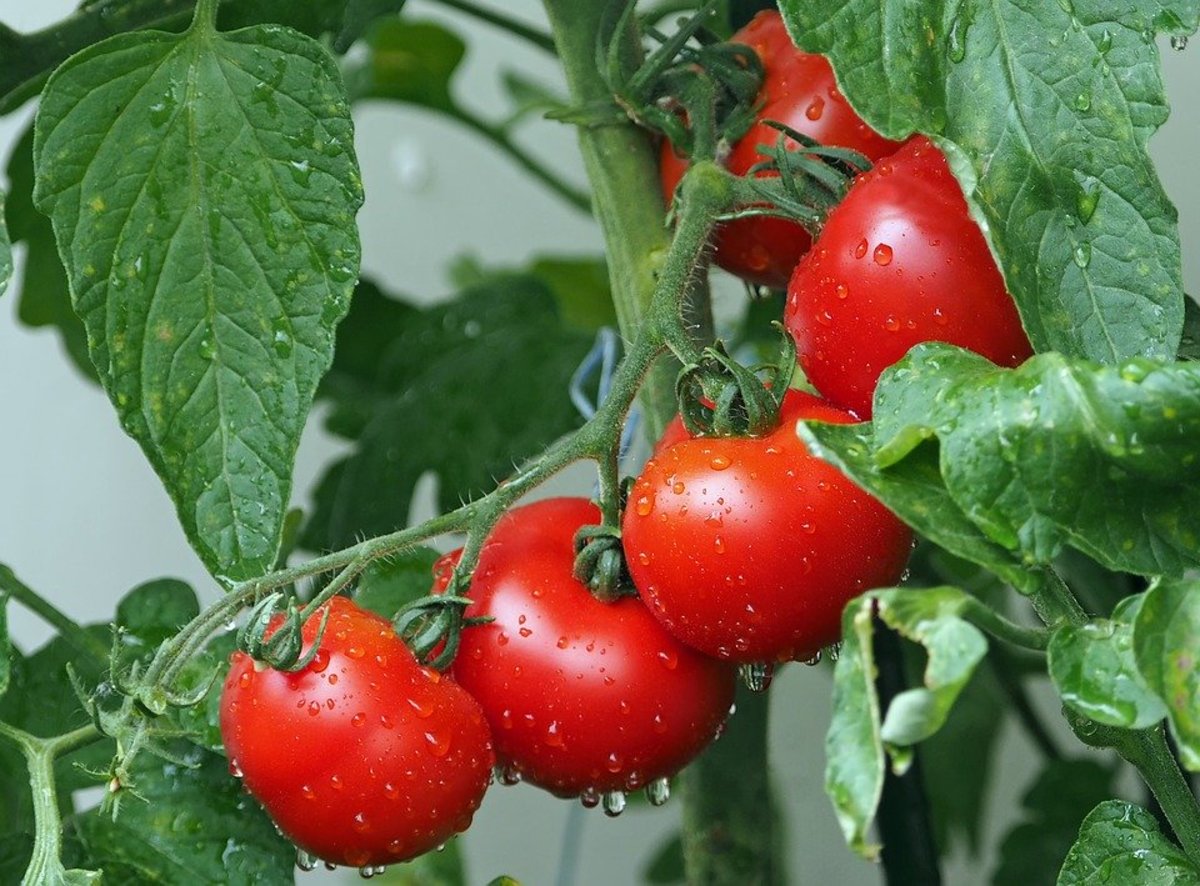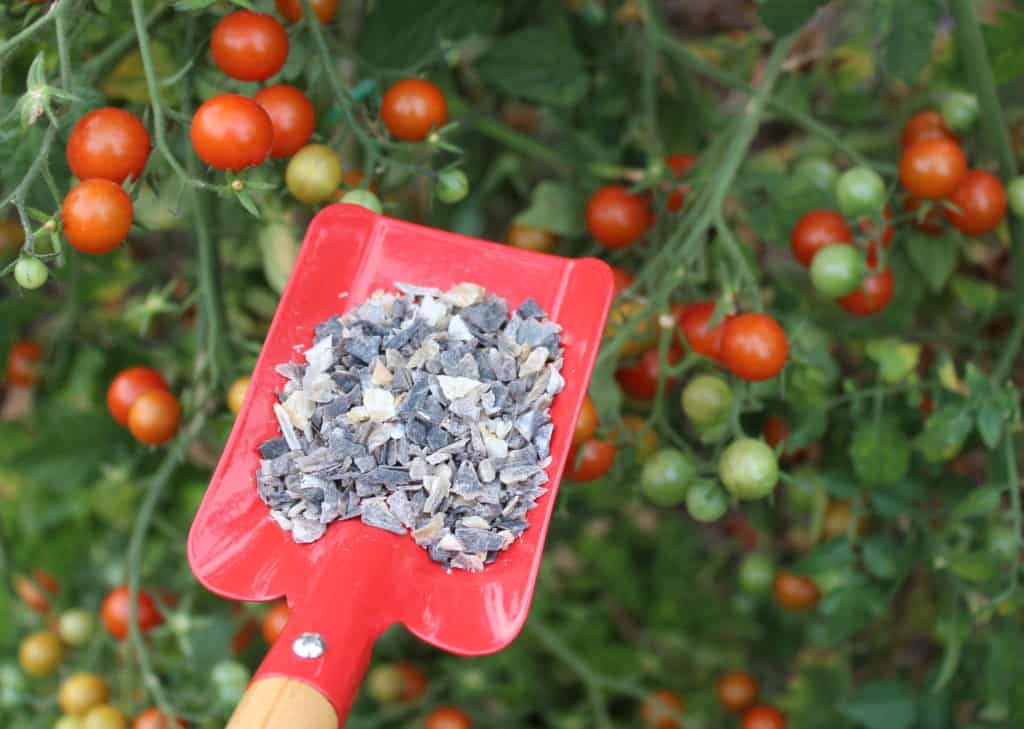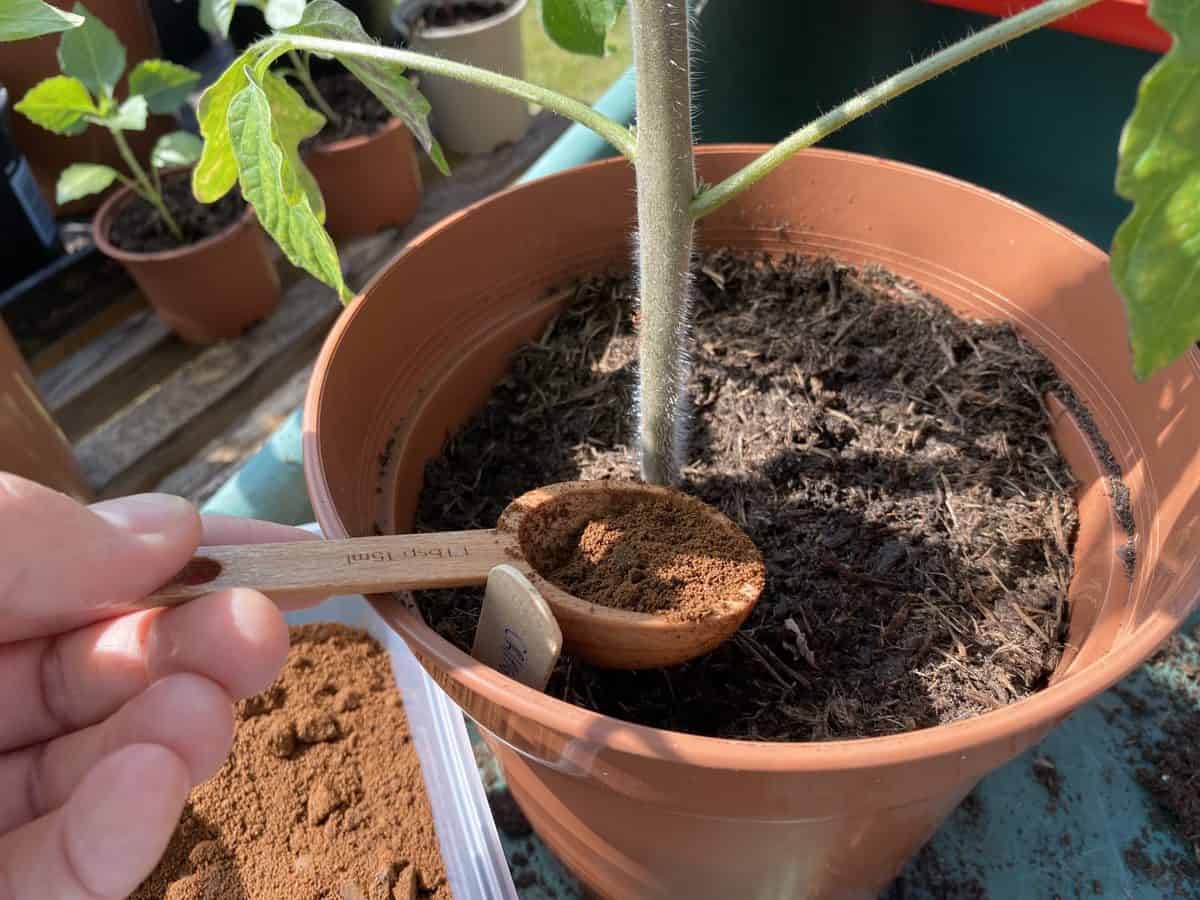The Ultimate Guide To Choosing The Best Fertilizer For Your Tomato Plants
The Ultimate Guide to Choosing the Best Fertilizer for Your Tomato Plants
Tomatoes are one of the most popular vegetables to grow at home, but they can be a bit tricky to get right. One of the most important factors in growing healthy, productive tomato plants is choosing the right fertilizer.
There are a lot of different fertilizers on the market, and it can be tough to know which one is the best for your tomatoes. In this guide, we will discuss the different types of fertilizer available, as well as the nutrients that tomato plants need. We will also provide some tips on how to fertilize your tomato plants for optimal growth and yield.
What Are the Different Types of Fertilizer?
There are two main types of fertilizer: organic and inorganic. Organic fertilizers are made from natural materials, such as manure, compost, and bone meal. Inorganic fertilizers are made from synthetic chemicals.
Both organic and inorganic fertilizers can be effective for growing tomatoes. However, organic fertilizers tend to release nutrients more slowly, which can be beneficial for tomatoes because they don't like to be over-fertilized. Inorganic fertilizers release nutrients more quickly, which can be helpful if you need to boost your tomato plants' growth quickly.
What Nutrients Do Tomato Plants Need?
Tomato plants need three main nutrients: nitrogen, phosphorus, and potassium. Nitrogen helps tomato plants grow green leaves and stems. Phosphorus helps tomato plants produce flowers and fruit. Potassium helps tomato plants resist disease and pests.
In addition to these three main nutrients, tomato plants also need a number of other nutrients, such as calcium, magnesium, and iron. These nutrients are often found in organic fertilizers, but they may need to be added separately if you are using an inorganic fertilizer.
How to Fertilize Your Tomato Plants
The best time to fertilize tomato plants is when they are young and actively growing. You can fertilize your tomato plants every two weeks, or as needed.
When you fertilize your tomato plants, it is important to water them well first. This will help the fertilizer to dissolve and be absorbed by the roots. You can then apply the fertilizer to the soil around the base of the plant.
If you are using a liquid fertilizer, you can dilute it according to the directions on the label. If you are using a granular fertilizer, you can sprinkle it around the base of the plant and then water it in.
How Much Fertilizer to Use
The amount of fertilizer you use will depend on the size of your tomato plants and the type of fertilizer you are using. Generally speaking, you should use a light application of fertilizer more often than a heavy application less often.
If you are using an organic fertilizer, you may need to use more of it than if you are using an inorganic fertilizer. Organic fertilizers tend to release nutrients more slowly, so you may need to fertilize your tomato plants more often.
How to Avoid Over-Fertilizing
It is important to avoid over-fertilizing your tomato plants. Over-fertilizing can lead to leaf burn, stunted growth, and even plant death.
If you are unsure about how much fertilizer to use, it is always better to err on the side of caution and use less fertilizer than more. You can always add more fertilizer later if needed.
Conclusion
Fertilizing your tomato plants is an important part of growing healthy, productive plants. By choosing the right type of fertilizer and using it properly, you can ensure that your tomato plants have the nutrients they need to thrive.
Tomato plants need a balanced diet of nutrients to grow healthy and produce a bountiful harvest. The best fertilizer for tomato plants will vary depending on the specific growing conditions, but a general rule of thumb is to choose a fertilizer with an NPK ratio of 5-10-5 or 10-10-10. These fertilizers provide a balanced mix of nitrogen, phosphorus, and potassium, which are the three main nutrients that tomato plants need.
If you are looking for an organic fertilizer, there are many good options available. Some popular organic fertilizers for tomato plants include compost, manure, fish emulsion, and bone meal. Organic fertilizers can be beneficial for tomato plants because they help to improve the soil quality and provide a slow-release source of nutrients.
No matter what type of fertilizer you choose, it is important to fertilize your tomato plants regularly. The best time to fertilize is when the plants are actively growing, which is typically in the spring and summer months. You should fertilize your tomato plants every 2-4 weeks, or as directed on the fertilizer label.
For more information about the best fertilizer for tomato plants, please visit Garden Wiki. This website has a wealth of information on tomato gardening, including articles on fertilizer, soil, pests, and diseases.
FAQ of best fertilizer for tomato plants
What is the best fertilizer for tomato plants?
The best fertilizer for tomato plants depends on a number of factors, including the type of soil you have, the climate you live in, and the stage of growth your plants are in. However, some general guidelines can be followed.
In general, tomato plants need a fertilizer that is high in nitrogen, phosphorus, and potassium. Nitrogen helps the plants grow lush foliage, phosphorus helps the plants produce flowers and fruit, and potassium helps the plants resist disease and pests. A balanced fertilizer with an NPK ratio of 10-10-10 or 12-12-12 is a good option for most tomato plants.
If you live in a warm climate, you may need to fertilize your tomato plants more often than if you live in a cooler climate. In general, tomato plants should be fertilized every 2-4 weeks during the growing season.
You can fertilize your tomato plants with either liquid or granular fertilizer. Liquid fertilizer is absorbed more quickly by the plants, but it can also be more easily washed away by rain or watering. Granular fertilizer is absorbed more slowly by the plants, but it is less likely to be washed away.
No matter which type of fertilizer you choose, be sure to follow the directions on the label carefully. Over-fertilizing your tomato plants can be just as harmful as under-fertilizing them.
When should I fertilize my tomato plants?
You should fertilize your tomato plants for the first time when you plant them. You can use a balanced fertilizer or a fertilizer that is high in phosphorus.
After that, you should fertilize your tomato plants every 2-4 weeks during the growing season. If you are growing your tomato plants in containers, you may need to fertilize them more often.
How much fertilizer should I use?
The amount of fertilizer you need to use will depend on the size of your tomato plants and the type of fertilizer you are using. In general, you should use a fertilizer that is diluted to half strength.
If you are using a liquid fertilizer, you can dilute it by adding it to water in a watering can. If you are using a granular fertilizer, you can dilute it by mixing it with soil.
What are some signs that my tomato plants need fertilizer?
There are a few signs that your tomato plants may need fertilizer. These include:
- Slow growth
- Yellowing leaves
- Few or no flowers
- Small or misshapen fruit
If you notice any of these signs, it is a good idea to fertilize your tomato plants.
What are some organic fertilizer options for tomato plants?
There are a number of organic fertilizer options that you can use for your tomato plants. Some popular options include:
- Compost
- Manure
- Bone meal
- Fish emulsion
- Worm castings
Organic fertilizers are a good choice for tomato plants because they are slow-release and will not burn the plants. They also help to improve the soil quality, which can benefit the plants in the long run.
Image of best fertilizer for tomato plants
- Fish emulsion: This is a natural fertilizer that is high in nitrogen and phosphorus, which are essential nutrients for tomato plants. It is also a good source of potassium, calcium, and magnesium.

- Bone meal: This is another natural fertilizer that is high in phosphorus, which helps tomato plants produce flowers and fruit. It is also a good source of calcium and magnesium.

- Tomato fertilizer: This is a commercial fertilizer that is specifically formulated for tomato plants. It typically contains a high nitrogen content, as well as phosphorus and potassium.

- Compost: Compost is a great all-purpose fertilizer that can be used for a variety of plants, including tomatoes. It is high in nutrients and helps to improve the soil structure.
- Coffee grounds: Coffee grounds are a good source of nitrogen, which is essential for tomato plant growth. They can be added to the soil around tomato plants or brewed into a tea and used as a foliar fertilizer.


Post a Comment for "The Ultimate Guide To Choosing The Best Fertilizer For Your Tomato Plants"